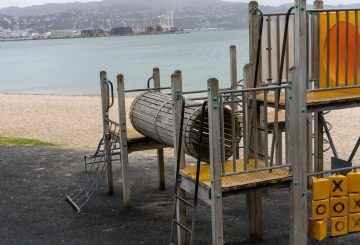Thủ tướng Anh Christopher Luxon đã công bố 9 mục tiêu đầy tham vọng nhằm cải thiện cuộc sống của người dân New Zealand và đưa đất nước trở lại đúng hướng. Kế hoạch của chính phủ tập trung vào ba lời hứa chính: xây dựng lại nền kinh tế, khôi phục luật pháp và trật tự và cải thiện các dịch vụ công.
Bất chấp những nỗ lực của những nhân viên thiết yếu như cảnh sát, y tá và giáo viên, Luxon thừa nhận rằng New Zealand đã thoái lui trong những năm gần đây. Để giải quyết vấn đề này, chính phủ đang đưa ra các mục tiêu dịch vụ công để nâng cao kết quả trong y tế, giáo dục, luật pháp và trật tự, công việc, nhà ở và môi trường.
Luxon thừa nhận những mục tiêu này sẽ không dễ đạt được, nhưng khẳng định chúng là cần thiết để giảm tội phạm, giảm thời gian chờ đợi chăm sóc sức khỏe và thúc đẩy thành tích giáo dục. Các mục tiêu, được đặt ra sẽ đạt được vào năm 2030, là một phần trong trọng tâm của chính phủ vào phục hồi kinh tế, điều này sẽ cho phép đầu tư hơn nữa vào các dịch vụ công.
Luxon cũng lưu ý rằng chỉ cần tiêu nhiều tiền hơn sẽ không nhất thiết dẫn đến kết quả tốt hơn. Mặc dù chi tiêu của chính phủ trước đây đã tăng lên, các dịch vụ công không được cải thiện. Cách tiếp cận mới liên quan đến việc thiết lập các mục tiêu để tập trung vào việc giao hàng và đảm bảo giá trị tốt hơn cho tiền của người nộp thuế.
Các mục tiêu là thách thức có chủ ý và sẽ yêu cầu khu vực công phải suy nghĩ sáng tạo, điều tra nguyên nhân gốc rễ, học hỏi từ các khu vực khác và có kỷ luật trong việc chỉ đạo các nguồn lực.
Mỗi mục tiêu sẽ được giám sát bởi một bộ trưởng chính và một giám đốc điều hành từ một cơ quan dịch vụ công cộng, phối hợp với các bộ trưởng và cơ quan khác khi cần thiết. Báo cáo tiến độ sẽ được công bố hàng quý, bắt đầu từ giữa năm 2024. Thông tin thêm về các Mục tiêu của Chính phủ có thể được tìm thấy trên trang web của chính phủ.





























































